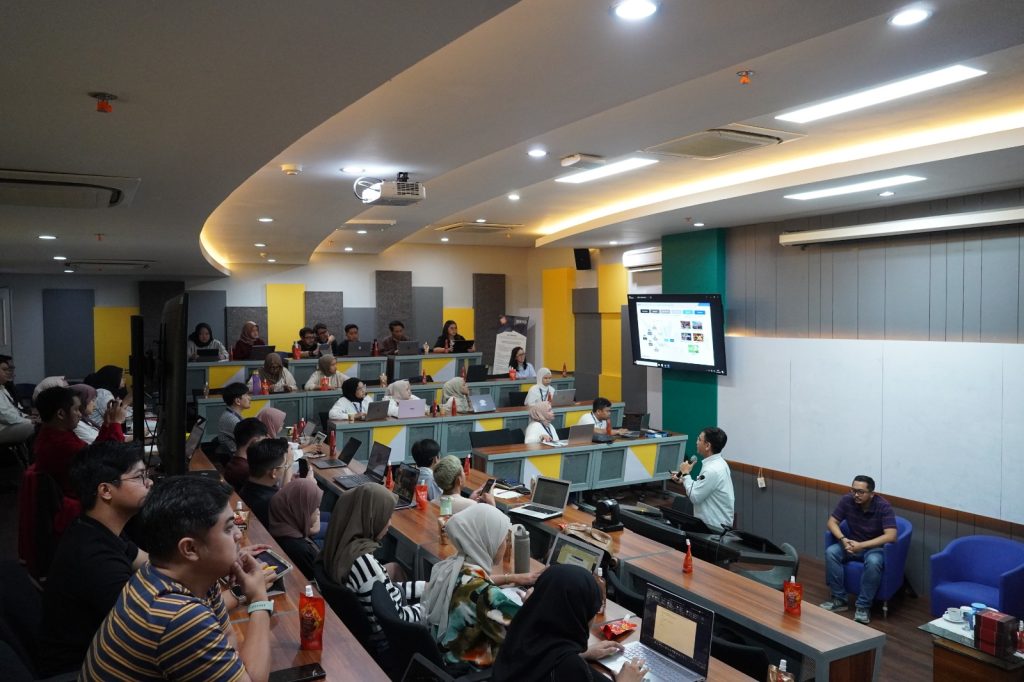Kraft Heinz Indonesia has developed a robust strategy to continue penetrating and sustaining its market presence, focusing on enhancing taste. The company produces various products, including oyster sauce, soy sauce, tomato sauce, and chili sauce, all crafted to elevate the flavors of meals. Guided by the vision “makes you feel good,” Kraft Heinz emphasizes that its products are not only flavorful but also health-conscious and sustainable.
Marlon Akay, Head of Commercial Finance and RDO at Kraft Heinz Indonesia, shared the company’s strategy during the Industry-Based Learning seminar entitled “How to Optimize Revenue: Insights from Leaders at Heinz ABC Indonesia” at SBM ITB on Friday (11/10).
Sylviana Maya Damayanti, Head of the Bandung MBA Study Program, noted that the seminar aims to provide students with practical business cases, equipping them to apply these lessons to their theses and broader studies.
“Revenue is a critical factor in a company, as cash flow from revenue influences how operational expenses and investments are managed,” Sylviana explained.
Marlon, joined by Dioni Arsamanggala, Revenue Management Manager at Kraft Heinz Indonesia, discussed profitability strategies. According to Marlon, achieving profitability requires carefully managing the product mix, sales channels, and categories, explaining that the sales approach for supermarkets differs from that of smaller outlets.

“Supermarkets often have higher operational costs but generate higher revenue,” he noted.
Marlon explained that Kraft Heinz Indonesia balances these channels to optimize revenue while accommodating differences in consumer preferences and market margins.
Meanwhile, Dioni outlined strategies for income optimization, focusing on six key areas: category strategy, pricing strategy, packaging price architecture, promotions, product selection, and integrated commercial plans. He emphasized the need to avoid a pricing “vicious cycle,” where price increases lead to declining sales volumes. In inflation-sensitive markets, managing pricing within the macroeconomic dynamic is critical.
Dioni also discussed strategies to influence consumer behavior, such as the “trade-in” approach, which aims to boost customer penetration by encouraging first-time purchases, and the “trade-up” strategy, which focuses on moving customers to higher-priced products.
In times of economic downturn, Dioni highlighted that a company’s choice to increase or decrease sales relies on market conditions. In some cases, consumer purchasing habits remain stable, while in others, consumers may respond to promotions or switch to lower quantities.




